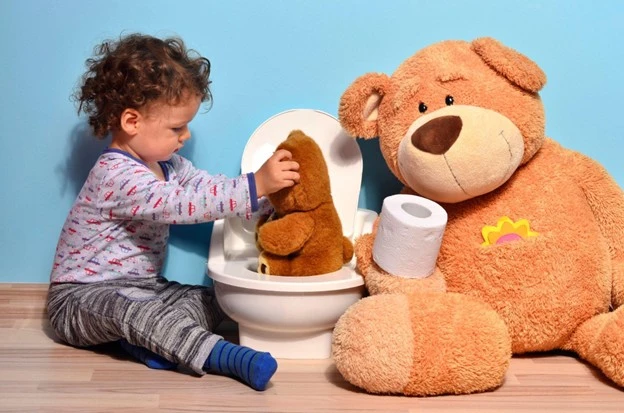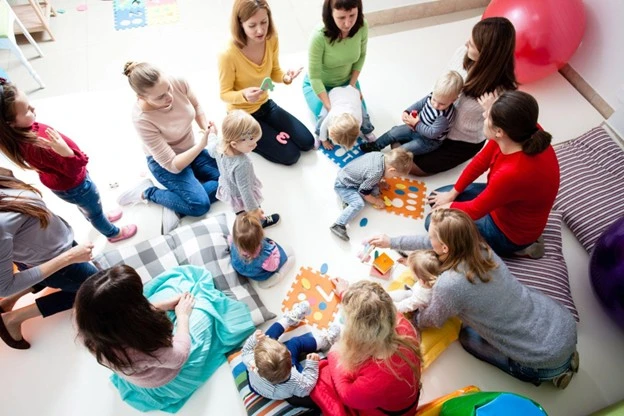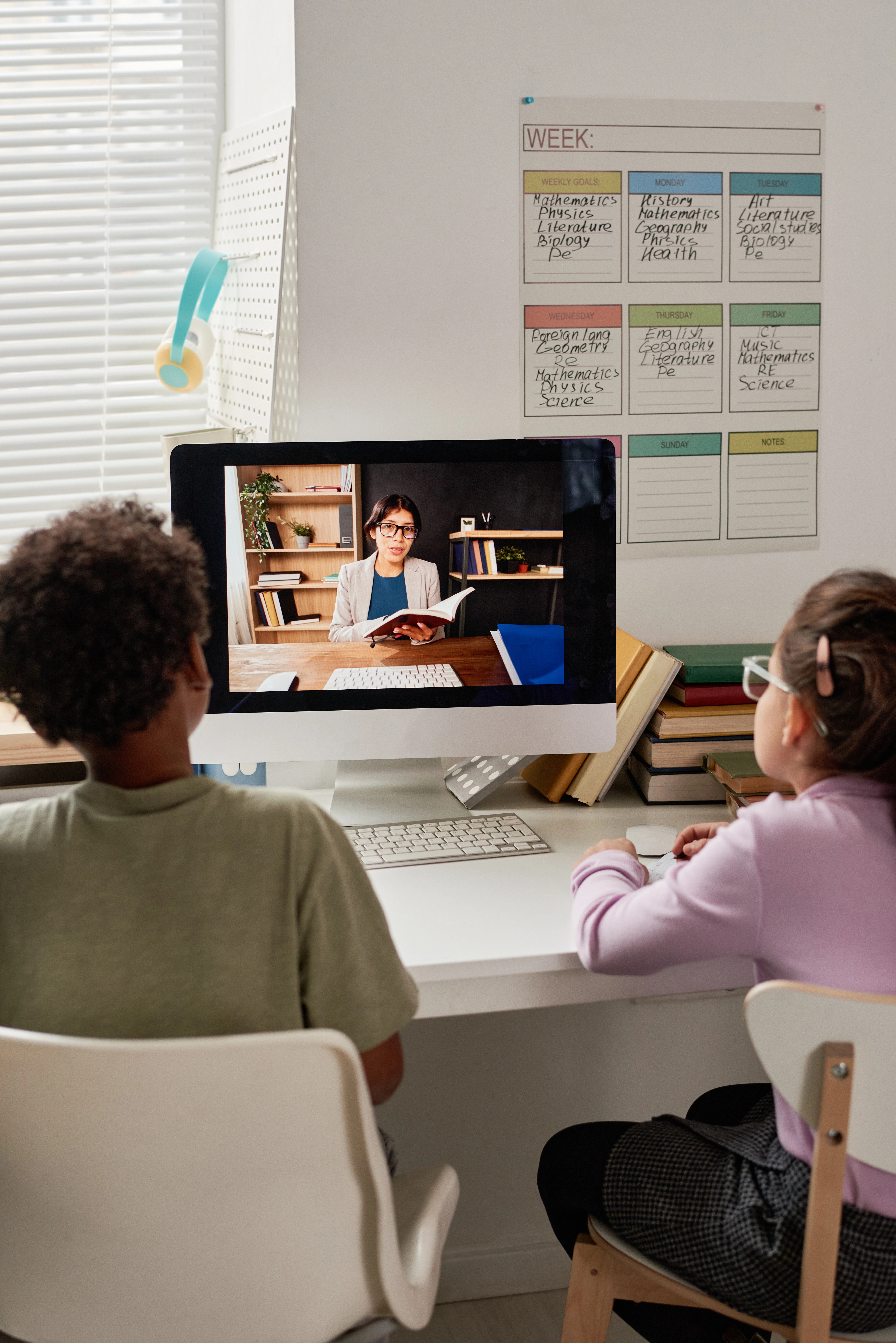Potty Training a Child with Autism: A Parent’s Guide to Success
August 11, 2025

Introduction
Potty training a child with autism can feel like an uphill climb, especially when accidents disrupt daily routines or communication barriers make progress slow. Many parents face challenges like frequent messes, resistance to sitting on the toilet, or difficulty teaching the process to a child who struggles with verbal cues.
Whether you’re managing multiple kids or new to autism parenting, these hurdles are common but manageable. This guide offers practical, parent-friendly strategies to support potty training, reduce cleanup stress, and foster your child’s independence, helping you navigate this milestone with confidence.
Watch Our Video To Learn More!Why Potty Training Challenges Happen
Children with autism may resist potty training due to sensory sensitivities, like discomfort with the toilet’s feel, or difficulty understanding routines. Some may not recognize bodily cues or struggle to communicate needs, leading to accidents. Others might show readiness—like rejecting diapers—but need extra support to transition to the toilet. These challenges reflect unique processing differences, not a lack of ability, and tailored strategies can unlock success.

10 Tips to Support Potty Training Success
Here are ten strategies to help your child with autism master potty training.
- Build Visual Schedules
Create a picture chart showing steps like “sit on potty, wash hands.” Visuals make the process clear and predictable, reducing anxiety.
- Try a Portable Potty
Place a small potty in a familiar room. It’s easier to redirect to a nearby potty than rush to the bathroom during busy moments.
- Reward Sitting Time
Offer praise or a favorite toy for sitting on the toilet, even briefly. Small rewards build comfort with the process over time.
- Track Accident Patterns
Note when accidents happen, like after meals. Recognizing patterns helps you guide your child to the potty at the right times.
- Incorporate Communication Tools
If your child uses an AAC device or picture system, add potty-related icons like “bathroom.” Practice during calm moments to build understanding.
- Address Sensory Needs
Use a padded toilet seat or non-slip mat if the toilet feels uncomfortable. Sensory-friendly tools can make sitting less daunting.
- Set Regular Potty Breaks
Guide your child to the potty every 30 minutes. Consistent tries, even if brief, reduce accidents and build routine.
- Model the Process
Show how family members use the bathroom (age-appropriately). Visual modeling helps clarify expectations for kids who learn differently.
- Consult a Therapist
Ask an occupational or behavior therapist (via school or Medicaid) for strategies to address sensory or communication barriers.
- Join Parent Support Groups
Connect with autism parent groups online or locally to share potty training tips and feel supported in the journey.

Nurturing Your Child’s Potential
Every small step—like sitting on the potty or having fewer accidents—is a win. Celebrate progress with praise or rewards your child loves, and involve them in choosing rewards to spark motivation. Progress may be gradual, but it’s building independence.
When to Seek More Support
If accidents or resistance persist, consult a BCBA or occupational therapist. They can assess sensory or behavioral barriers and create tailored plans to make potty training stick.
VillageED is here to support you. Our free webinars and 1:1 assessments with autism experts offer practical solutions for potty training and more. Visit our resources for additional tips: https://www.villageed.org/articles

